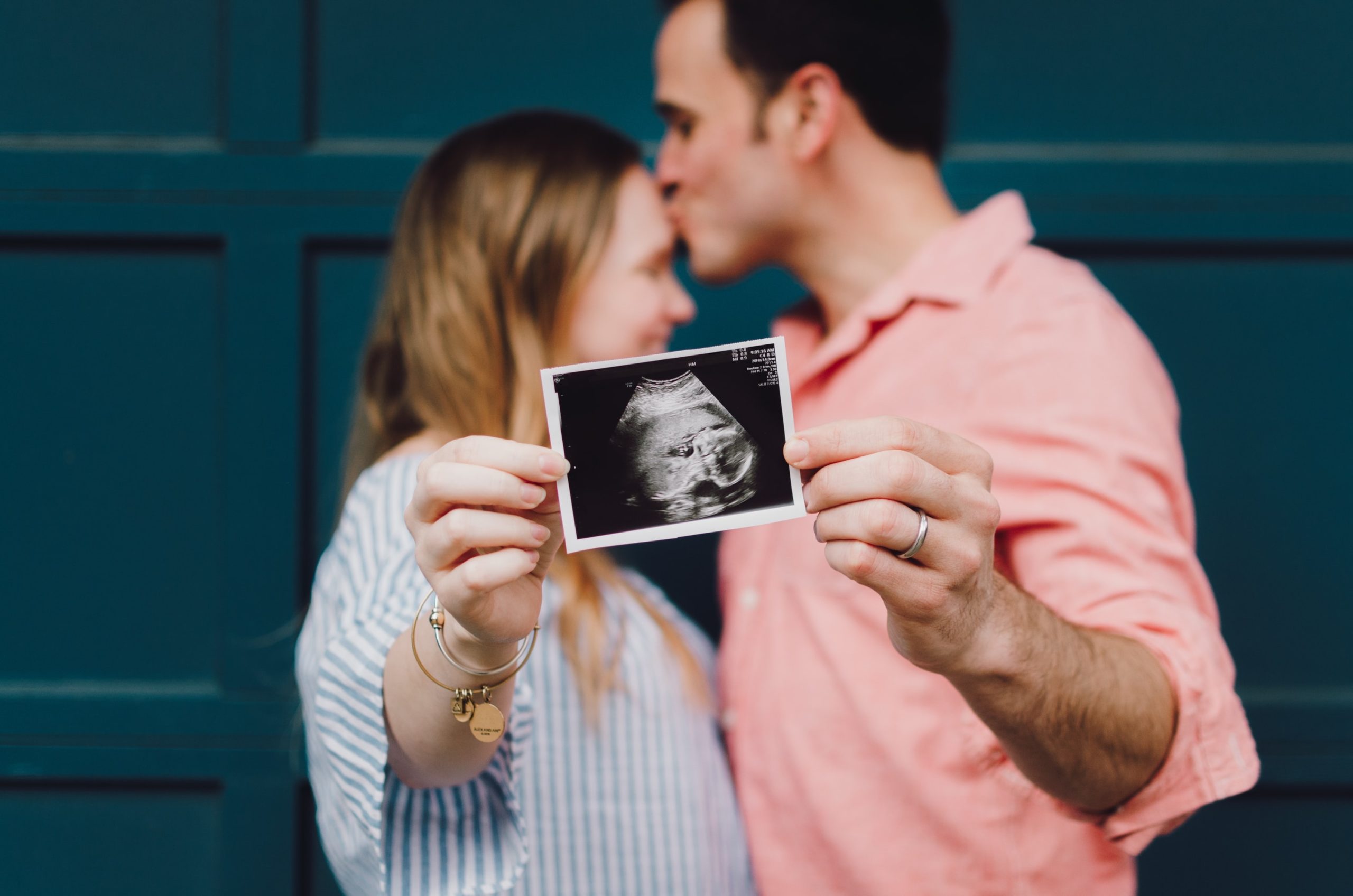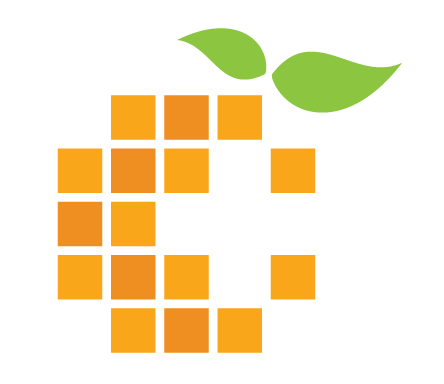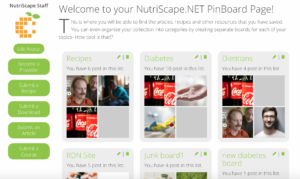Acknowledgment and Disclaimer
When you purchase linked products presented on this page, our site receives an affiliate fee which helps to fund the cost of the NutriScape Project. Thank you for your support!
This article cites research compiled by other sources. These include Natural Medicines Database, the Fullscript organization, and others. Product links are chosen based on the best fit with the published research, however, this site is meant for educational purposes only. Individuals are advised to consult a Registered Dietitian Nutritionist or healthcare professional about diet and nutritional supplement intake.
Overview
About 10 to 15% of couples are challenged with infertility. (12) One of the contributing factors may be hormonal dysfunction in women. (2) Correcting levels of hormones may improve pregnancy success and cut the risk of miscarriage. (7)(20)(23)
Research suggests that hormone-disrupting environmental chemicals (endocrine disruptors) may be responsible for increased rates of miscarriage and reduced live birth rates in couples who are encountering infertility. (5) Hormonal dysfunction is also seen in polycystic ovarian syndrome (PCOS). Low serum vitamin D also seems to be related to hormonal disturbances. (1)(5) Improving the quality of maturing eggs with supplemental inositol also shows promising results. (3)(20)
A careful reading of the research suggests that the supplements listed below are shown affect a variety of factors associated with female fertility.
Registered Dietitian Nutritionist
Myo-inositol
Myo-inositol
4000 mg per day for at least 2 months (3)(11)(13)
- Women who received myo-inositol supplementation while participating in IVF treatment had better ovarian responses. (3)
- Supplementation of myo-inositol three months before in vitro insemination resulted in an increased pregnancy rate. (13)
- A review of 10 randomized trials concluded that “Inositol appears to regulate menstrual cycles, improve ovulation and induce metabolic changes in polycystic ovary syndrome”. (20)
- Myo-inositol improves sensitivity to the fertility drug, clomiphene citrate, as shown by increased ovulation and pregnancy rates.(21)
- Infertile PCOS patients undergoing intrauterine insemination (IUI) who received myo-inositol had increased rates of pregnancy, and took less time to get pregnant. (11)
Vitamin D3
Vitamin D
Vitamin D in the ingredient library
5000 per day for 6 months (8)(9) for deficiency.
Vitamin D deficiency is defined as a blood level below 20 ng/mL (50 nmol/L). About 4 out of 10 US adults are considered deficient in vitamin D but the level was even higher at 7 out of 10 for Hispanics and ~ 8 out of 10 for African Americans. Therefore, vitamin D testing is very important for a woman trying to get pregnant. Vitamin D Testing is available here without a visit to the doctor. Consult with a registered dietitian nutritionist about the right supplement dosage for you.
- Women deficient in vitamin D had lower pregnancy rates and lower live birth rates than women who had adequate vitamin D levels. (4)(8)(15)
Prenatal multivitamin
Prenatal multivitamin formulation with 800 mcg folic acid, beginning 4-6 weeks before conception. (1)(6)
- Studies found supplementation of multivitamin for 28 days before conception increased fertility from 2.7% to 3.8%, and reduced the risk of birth defects. (6)
- Micronutrient supplementation improved pregnancy and live birth rates when administered during in-vitro fertilization (IVF) therapy (2)
NAC
N-acetylcysteine (NAC) for Women with PCOS
Women with PCOS 1800 mg per day, for 8-12 weeks (19)(22)
- Women with PCOS who received NAC had higher rates of pregnancy, improved ovulation and peak endometrial thickness (14) when compared to those treated with metformin or clomiphene citrate alone. (19)
- Ovulation and pregnancy rates improved in infertile women with PCOS (22)
References
- Agrawal 2012, https://pubmed.ncbi.nlm.nih.gov/22138521/
- Arhin 2017, https://pubmed.ncbi.nlm.nih.gov/28919239/
- Caprio 2015b, https://pubmed.ncbi.nlm.nih.gov/26067283/
- Chu 2018, https://pubmed.ncbi.nlm.nih.gov/29149263/
- Conforti 2018, https://pubmed.ncbi.nlm.nih.gov/30594197/
- Czeizel 1994,. https://pubmed.ncbi.nlm.nih.gov/7979565/
- Czeizel 1994b, https://pubmed.ncbi.nlm.nih.gov/8588492/
- Dennis 2012, https://pubmed.ncbi.nlm.nih.gov/22508713/
- Dennis 2017, https://pubmed.ncbi.nlm.nih.gov/28698476/
- Dongre 2015, https://pubmed.ncbi.nlm.nih.gov/26504795/
- Özay 2017, https://pubmed.ncbi.nlm.nih.gov/28277112/
- Lerchbaum 2012, https://pubmed.ncbi.nlm.nih.gov/22275473/
- Lisi 2012, https://pubmed.ncbi.nlm.nih.gov/22823904/
- Maged 2015, https://pubmed.ncbi.nlm.nih.gov/26291797/
- Moridi 2020, https://pubmed.ncbi.nlm.nih.gov/20089454/
- Pundir 2018, https://pubmed.ncbi.nlm.nih.gov/28544572/
- Rolland 2017, https://pubmed.ncbi.nlm.nih.gov/28724178/
- Salehpour 2012, https://pubmed.ncbi.nlm.nih.gov/22540635/
- Shang 2015, https://pubmed.ncbi.nlm.nih.gov/25638341/

 Scan Me!
Scan Me!



